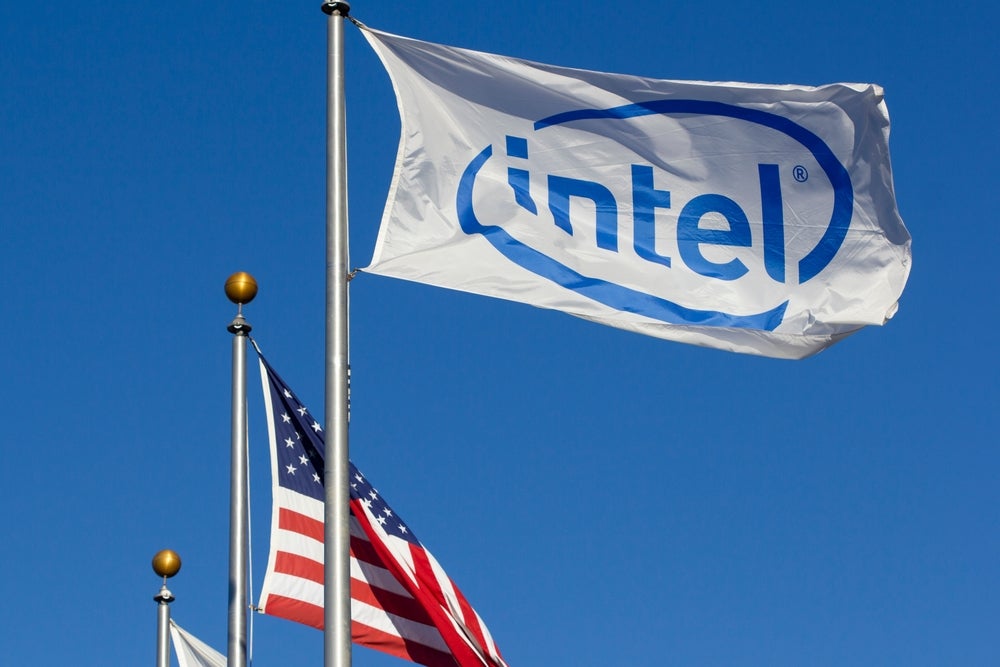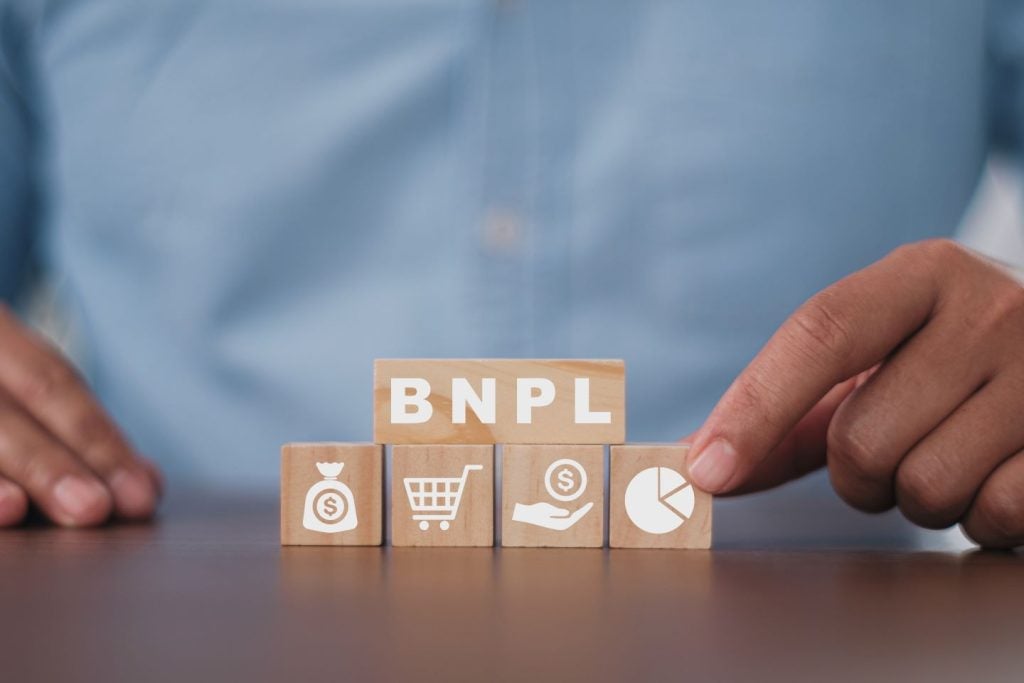iFlytek has been granted a patent for a method and system for end-to-end modeling. The method involves determining the topological structure of a target-based end-to-end model, collecting training data, and training parameters of the model using the training data. The system includes various layers such as input, encoding, code enhancement, filtering, decoding, and output layers. The code enhancement layer adds information of a target unit to the feature sequence, and the filtering layer filters the feature sequence with the added information. GlobalData’s report on iFlytek gives a 360-degree view of the company including its patenting strategy. Buy the report here.
According to GlobalData’s company profile on iFlytek, intelligent chatbots was a key innovation area identified from patents. iFlytek's grant share as of June 2023 was 1%. Grant share is based on the ratio of number of grants to total number of patents.
End-to-end modeling method and system for target-based models
A recently granted patent (Publication Number: US11651578B2) describes a method and system for end-to-end modeling. The method involves determining the topological structure of a target-based end-to-end model, which includes an input layer, encoding layer, code enhancement layer, filtering layer, decoding layer, and output layer. The code enhancement layer adds information of a target unit to a feature sequence outputted by the encoding layer, while the filtering layer filters the feature sequence with the added target unit information.
The method further includes collecting a plurality of training data pieces, determining a labeling object for each piece, and labeling a target unit within the object. A feature sequence is then extracted from each training data piece. The parameters of the target-based end-to-end model are trained using the feature sequences and labeling information of the target units in the training data. This training process helps acquire the parameters of the target-based end-to-end model.
The patent also describes various aspects of the topological structure. The number of encoding layers can be one or more, with the same number of nodes as the input layer. These encoding layers can be Long Short Term Memory (LSTM) layers in a unidirectional or bidirectional LSTM neural network, or convolutional layers in a convolutional neural network. Additionally, down sampling layers can be included between adjacent encoding layers.
The code enhancement layer receives information of the target unit through an enhancement node, with each target unit corresponding to one enhancement node. The number of code enhancement layers and enhancement nodes matches the number of target units. The filtering layer is directly connected to each code enhancement layer, and the number of filtering layers matches the number of code enhancement layers.
The system for end-to-end modeling, as described in the patent, includes modules for determining the topological structure, collecting training data, labeling target units, extracting feature sequences, and training the parameters of the target-based end-to-end model.
Overall, this patent presents a method and system for end-to-end modeling that involves determining the topological structure, collecting training data, labeling target units, extracting feature sequences, and training the parameters of the model. The described approach incorporates various layers and nodes, such as encoding layers, code enhancement layers, filtering layers, and down sampling layers, to enhance the modeling process.
To know more about GlobalData’s detailed insights on iFlytek, buy the report here.
Data Insights
From

The gold standard of business intelligence.
Blending expert knowledge with cutting-edge technology, GlobalData’s unrivalled proprietary data will enable you to decode what’s happening in your market. You can make better informed decisions and gain a future-proof advantage over your competitors.







